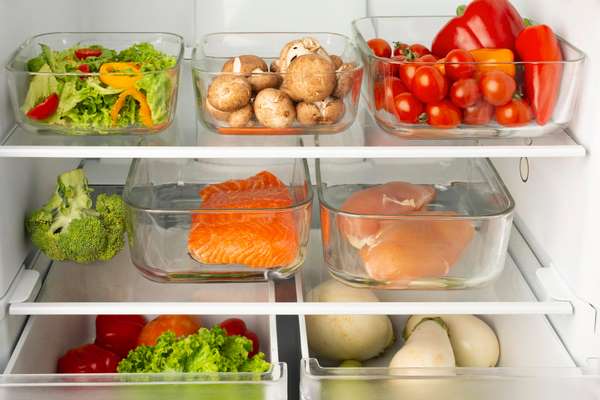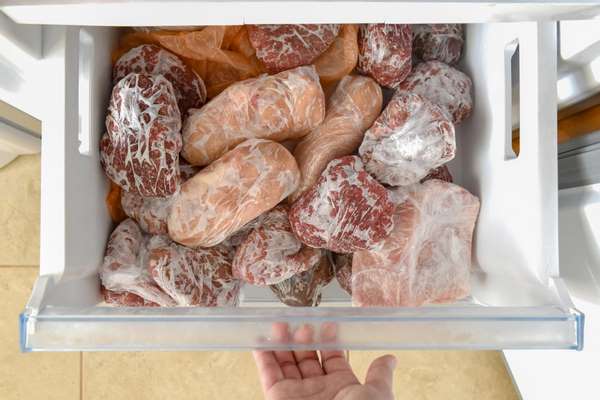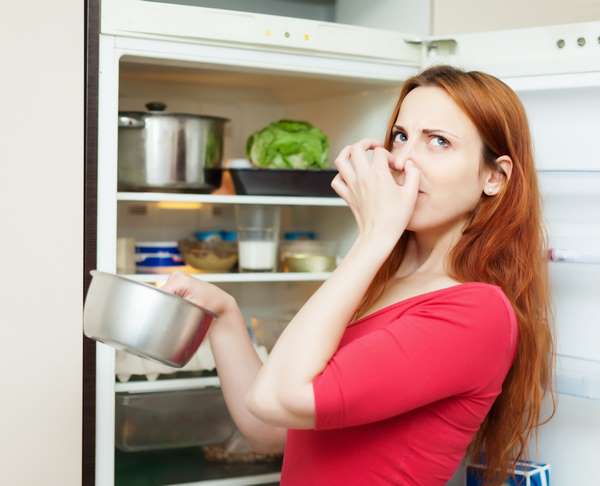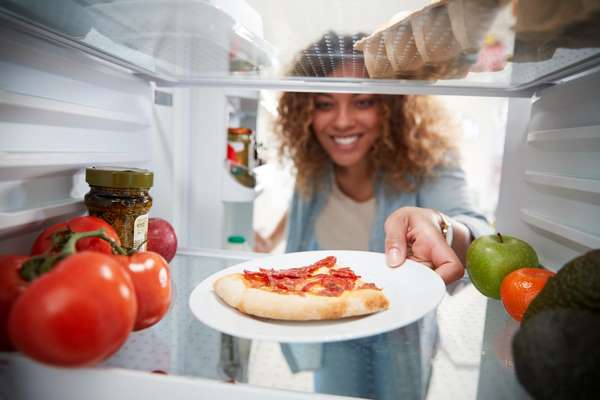When we open a container of leftovers, we sometimes rely on a “sniff test” to determine if it is fit for consumption. However, experts emphasise that it is better to be cautious. Spoiled food can look unappetising and pose a threat of food poisoning. Below are tips on how long to store leftovers, how to detect spoilage, and how to organise food storage.

What is the danger of leftovers that are too old?
Food slowly deteriorates during storage in the refrigerator due to the growth of microorganisms. Bacteria such as Salmonella, Listeria, E. coli and Clostridium perfringens can lead to foodborne illness. Not only meat, fish, or eggs can go bad, but also vegetables and fruit.
Symptoms of food poisoning typically include nausea, vomiting, diarrhoea, and stomach cramps. Elderly people, children under 5, pregnant women, and those with weakened immune systems should be especially careful. Over time, mould can form on leftovers, causing allergic reactions, respiratory problems, and other ailments.
In addition to the potential harm, old foods become unpleasant in taste and appearance: they may look slimy or have an atypical colour or smell. Therefore, even if the bacteria do not cause severe poisoning, spoiled food will not add to the pleasure of the meal.
How long can food be stored in the fridge?
In general, most food remains safe in the fridge for three to four days. The exact time depends on:
- type of product
- the temperature in the refrigerator;
- the amount of moisture in the food;
- how long the food has been at room temperature;
- sanitary conditions during cooking.
For example, casseroles, roasted vegetables or pizza usually survive these 3-4 days without problems, while seafood or delicate salads can spoil faster. Salads dressed with mayonnaise or cream should be eaten in one or two days at the most, and green salads with vinaigrette sometimes do not survive the night in good condition.
When it comes to restaurant food, nutritionists advise focusing on the same “three to four-day” period, but out of caution, some people prefer to get rid of such leftovers faster—you don’t know when exactly and under what conditions the restaurant food was prepared.

How long can I keep leftovers in the freezer?
Food remains safe in the freezer for almost unlimited periods, as the low temperature stops bacterial growth. However, to preserve the quality (taste and texture), it is recommended that frozen leftovers be consumed within four months.
- Pizza, for example, will lose its original flavour more quickly and may dry out.
- Soups, sauces and casseroles keep better.
The following are approximate times for some common foods (in the refrigerator-freezer format):
- Casseroles: 3-4 days | 2-3 months
- Pasta dishes: 3-4 days | 2-3 months
- Fried vegetables: 3-4 days | 8-12 months
- Pizza: 3-4 days | 1-2 months
- Soups and stews: 3-4 days | 2-3 months
- Cooked meat and poultry: 3 to 4 days | 2 to 6 months
- Bacon and sausage: 3 to 4 days | 1 to 2 months
- Boiled eggs and egg dishes (quiche, frittata): 3 to 5 days | 2-3 months
- Salads with greens (already seasoned): 1-2 days | Do not freeze
- Salads with mayonnaise (potato, egg, etc.): 3-4 days | Do not freeze
- Cooked seafood: 1-2 days | 2-3 months
- Rice and other cereals: 4-6 days (if cooled quickly) | 1-2 months

How do you know if food has gone bad?
No matter how many days have passed, always pay attention to the following signs:
- An unpleasant or strange smell (sour, rotten, chemical, etc.).
- Bubbling or hissing on the surface.
- Changes in texture: the product becomes sticky, excessively wet or too rigid.
- Discolouration: grey, yellowish or other atypical shade.
- Mould of any kind.
- Excessive liquid or clumps that peel off food.
- Unusual, bitter or sour taste.
If you have doubts, it’s best not to take any chances and throw the product away.

7 tips for storing leftovers properly
- Refrigerate within two hours. If the food has been at room temperature for longer (significantly above +32 °C), it should be disposed of after one hour.
- Use shallow, airtight containers to ensure the food cools quickly and evenly. It is better to pour large volumes of hot food (e.g., soup) into several small containers.
- Do not stack the containers on each other at once to prevent air circulation from slowing down cooling.
- Mark the dates and contents of the containers with masking tape or stickers so you can remember exactly how long they have been in the fridge.
- Keep leftovers on the middle shelf in the refrigerator – the temperature is more stable there. Make space in the back or front for new portions so that the old ones are clearly visible.
- When freezing food, choose suitable quality containers or unique freezer bags and try to remove excess air. This will help prevent freezer burn and preserve the texture of the food.
- Reheat leftovers to +74 °C (165 °F) to kill any bacteria.
Bottom line.
- Leftovers are safe in the fridge for about three to four days.
- They can be stored in the freezer for much longer, but with optimal taste and texture – up to four months.
- Focus on the freshness of the product, and pay attention to the colour, smell, and texture. If in doubt, it is better not to take risks.
- Storing leftovers properly means cooling them quickly and keeping them in airtight containers and clean.






